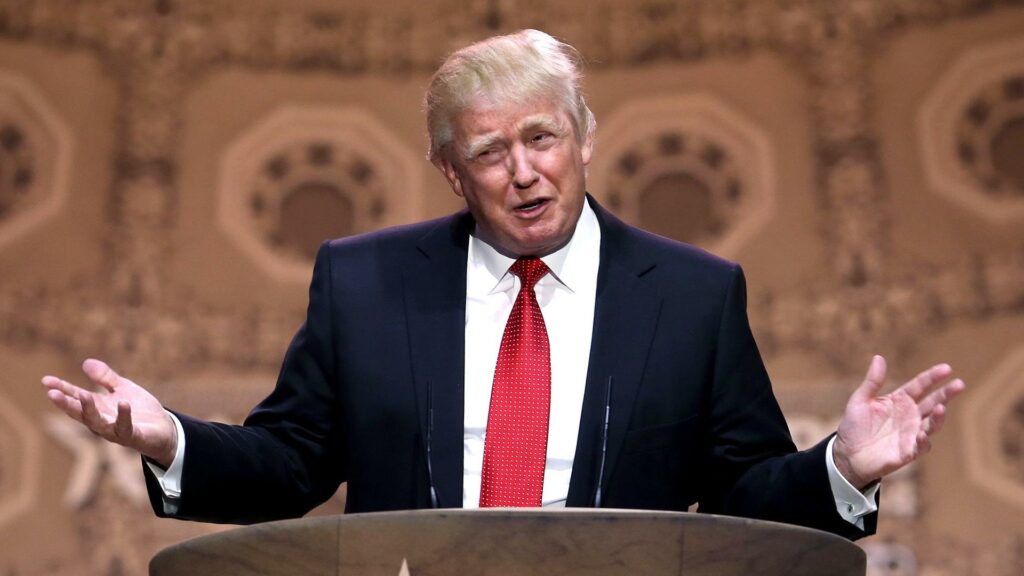The US Supreme Court has stepped in to prevent President Donald Trump from immediately firing Federal Reserve Governor Lisa Cook, a move that has sparked widespread debate over central bank independence.
In an order issued Wednesday, the court said it would defer Trump’s request until oral arguments scheduled for January 2026, effectively ensuring Cook remains in her post until then. This decision marks a rare check on the president by the conservative-leaning court, which has often been supportive of his administration.
Trump had attempted to oust Cook over the summer, accusing her of falsifying mortgage documents. The White House responded to the court’s order by insisting that her removal was “lawful” and expressed confidence in winning the case once arguments are heard next year.
Cook, who became the first Black woman to serve on the Federal Reserve’s governing board, has legally challenged her removal and continues to participate in both the board’s policymaking and its powerful interest rate-setting committee. Her current term extends until 2038, highlighting the potential long-term implications of the dispute.
The case has unsettled financial markets, with analysts warning that attempts to undermine the Federal Reserve’s autonomy could shake investor confidence. Nearly 600 economists recently signed an open letter voicing support for Cook and stressing the importance of shielding the Fed from political interference.
Trump has long been a critic of the Fed, particularly its decision to keep interest rates elevated to combat persistent inflation, which remains above the central bank’s 2% target. The Fed’s dual mandate requires it to balance both inflation and employment, decisions that are meant to remain free from political pressure.
While the White House remains confident, the Supreme Court’s decision highlights deep tensions between the presidency and an institution designed to act independently. For now, Cook stays in her role, as investors and policymakers alike await the January 2026 showdown that could redefine the balance of power between the executive branch and the Federal Reserve.

